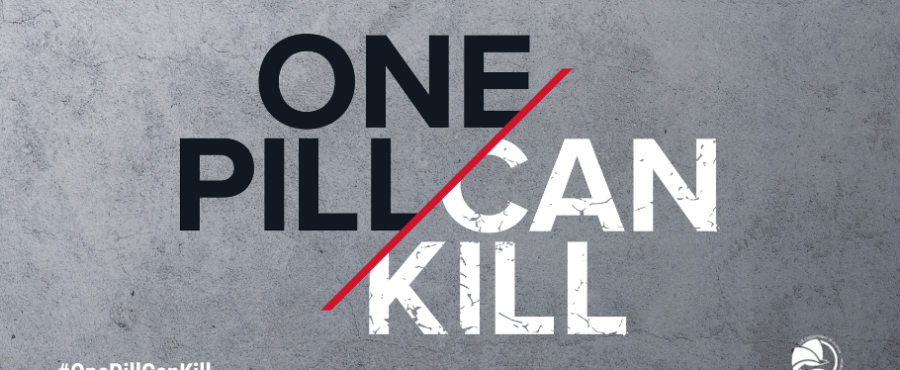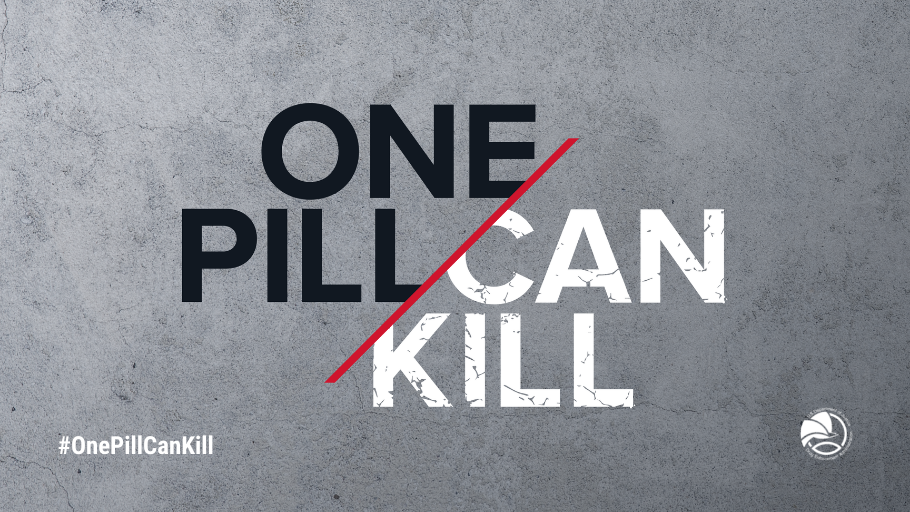What's Happening?
(Spanish) Teenager deaths from fake pills with fentanyl are surging across the country and right here in Oregon. These teenagers had families who loved them and are still coming to grip with their losses.
Teens are purchasing what they think are OxyContin, Percoset or Xanax pills via social media, but drug dealers are making these fake pills with the cheaper, stronger and more deadly synthetic drug called fentanyl to increase their profits. Fentanyl is up to 50 times more potent than heroin and 100 times more potent than morphine. Fentanyl is odorless, tasteless and colorless. Teens never know what they’re getting. One pill can kill them. One pill.
The most common are pills are nicknamed “Blues” for their usual color (though they can come in other colors) or “M30s” for the stamp on the pills. The tablets are so well made that even experienced users say that they can’t tell the difference between a counterfeit pill and a pill manufactured by a pharmaceutical company. To be clear, these are not pharmaceutical-grade painkillers; they are pills made by drug dealers, mostly outside the country. There is no quality control. Pills in the same batch can have wildly varying levels of fentanyl. The amount of fentanyl is takes to overdose and die is equivalent to two grains of sand.
The Oregon-Idaho High Intensity Drug Trafficking Area (HIDTA) program issued a Community Threat Bulletin in April 2022 regarding counterfeit pills containing fentanyl. The HIDTA seized 1.5 million counterfeit pills in 2021. This was a 51 percent increase from 2020 and a 137 percent increase from 2019.
Local investigators point to advertisements on social media platforms like Snapchat. Officials say that young people find pills especially appealing because they’re cheap, more socially acceptable than meth or heroin and don’t have a telltale smell like alcohol or marijuana.
How can you help?
One of the best ways to protect kids from substance abuse is by having regular and open conversations to educate them about the risks. Listen to them without judgment. Also monitor their social media use. Drugs are often offered by someone that they know or a stranger that they meet on social media.
Watch for changes in their behavior including:
-
Irregular eating or sleeping patterns
-
Low energy
-
General signs of depression or anxiety
-
Unusual irritability
-
Slipping grades
-
Lack of interest in activities that they once loved
-
Drastic clothing style changes
If you notice a change, ask about it. Trust your instincts.


Be part of the solution! If you see drugs being advertised on social media, report it anonymously to SafeOregon.

